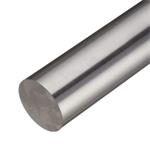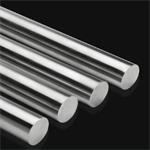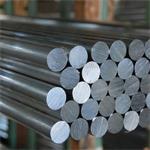Why is the 304 stainless steel rod heat treated ?



The heat treatment of precipitation hardening stainless steel is generally firstly obtained by solution treatment to obtain a lower hardness, and then strengthened by the aging of a not too high heating degree.
Therefore, a large amount of processing can be completed after high-temperature solution treatment, and age hardening is performed with only a small processing allowance.
It is avoided to prevent the oxidation and deformation of the 304 stainless steel rod from being heated and quenched and hardened, and the processing allowance is increased. When the tempering is performed after the tempering, the disadvantage of the heat treatment effective layer is removed.
Ferritic stainless steel and 304 stainless steel rods have good corrosion resistance, but mechanical properties cannot be adjusted by heat treatment and are limited in application.
The 304 stainless steel rod can adjust the mechanical properties in a wide range by heat treatment to meet the requirements of strength, plasticity and toughness, but its corrosion resistance is not ideal.
The appearance of precipitation hardened stainless steel compensates for the shortcomings of these 304 stainless steel rods.
Precipitation hardening stainless steel has corrosion resistance similar to that of 304 stainless steel rods, and has the same characteristics as martensitic stainless steels which can be adjusted by mechanical means of heat treatment, thus obtaining a wide range of applications.